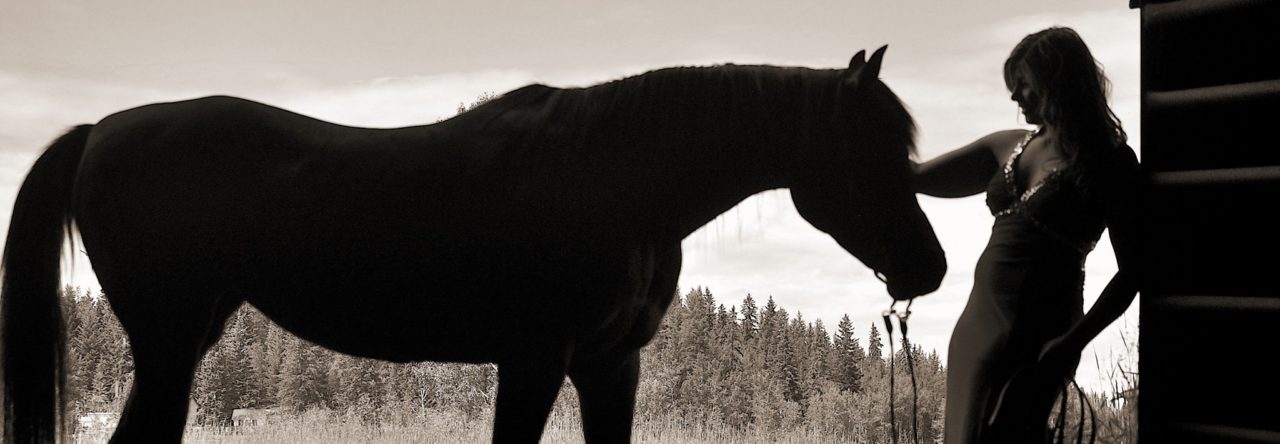Standard 5: Educators implement effective planning, instruction, assessment and reporting practices to create respectful, inclusive environments for student learning and development.
In order to train a horse, teach a class, help a student, teach piano lessons, coach a sport or teach in any way, we as educator’s must have effective planning in place prior to instruction. We must also be able to provide formative feedback to our learners and must only assess in what and how something is being taught (do not teach students to do a math problem with tangibles, then test them on paper not allowing to use those same tangibles… that just seems silly, but that’s just my personal pedagogy.)
Before any learning can occur, we must set up a safe-learning environment and build our relationships with students. Once a relationship and safe learning space is established, we engage with our student’s learning by providing “I do, we do, you do” teaching approaches that are scaffolded we are providing students an opportunity to build confidence and engage with their learning.
Taking a “Career Pedagogy” approach always helps me when introducing a new topic, subject or inquiry, because when students ask “why do we have to know this” we can relate it to the core competencies being built in that particular activity.
What you will see here, is quite the same, but using the metaphor of training horses as a guide for teaching. Enjoy 🙂
Preface:
Training Horses: A Guide to Teaching Diverse Learners with Career Pedagogy
In our 402/401 Diverse Learning and Career Education classes, we are asked to display our learning from the block. Here, you will see a teaching design that embeds Career Education in multiple approaches such as: Scaffolding, “I do, You do, We do” method, 5 Processes of Career Planning, Strength Based Learning, Growth Mindset and more! What we need to realize is that we first must establish relationships with our students (like horses) before any learning can occur. Creating learning that is relevant to the learner, explaining how it is beneficial and allowing them to discover their strengths and areas of growth throughout the process. In this video, you will meet a horse named “Deli” who’s breed is “paint.” Deli is the first non- Egyptian Arabian horse on the farm, and her needs are much different than the others. From where her eyes are located on her forehead, to her attitude, body build and more, we need to adapt our teaching style to fit her learning styles. The metaphor we are using in the video is “jumping.” Now, Deli is not built to be a show jumper (just how I was not built to be a ballerina.) Instead of crushing her dreams of being a show jumper, we do baby jumps, and introduce all the different opportunities (career paths) that open up because of building on a skill-set she may not either enjoy or be “good” at. Deli may never be a show jumper, but by being willing to engage in small jumps, Deli is able to develop her hind end that allows her to be more explosive coming out of the gate whether it be for barrels or roping. It makes her a better trail horse that can overcome fallen trees/ obstacles because she is able to overcome them without fear. We apply these “baby jumps” as basic literacy or numeracy with our students. Perhaps they do not become writers or mathematicians, but we expose them to skills they will need in multiple other areas of their future career choices- whatever they may be!
What connections can you make from training horses to teaching methods?
